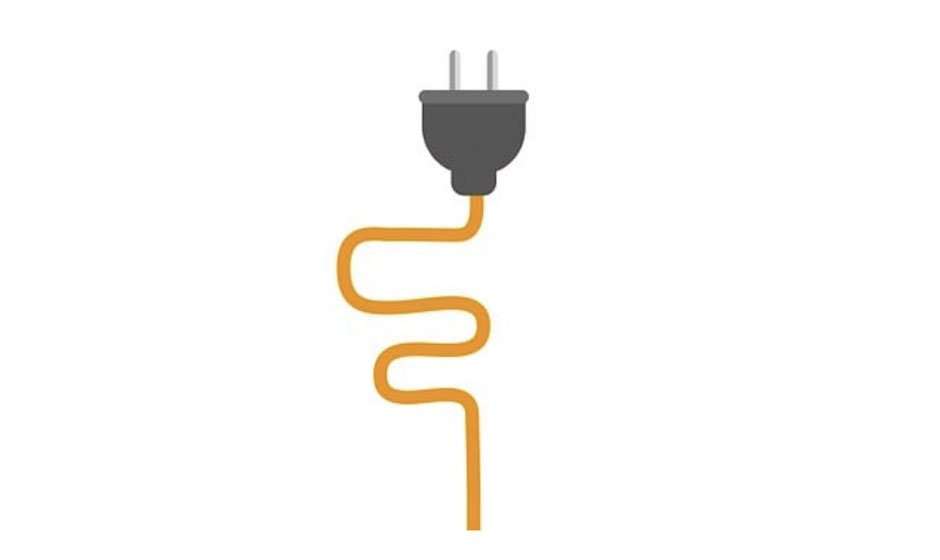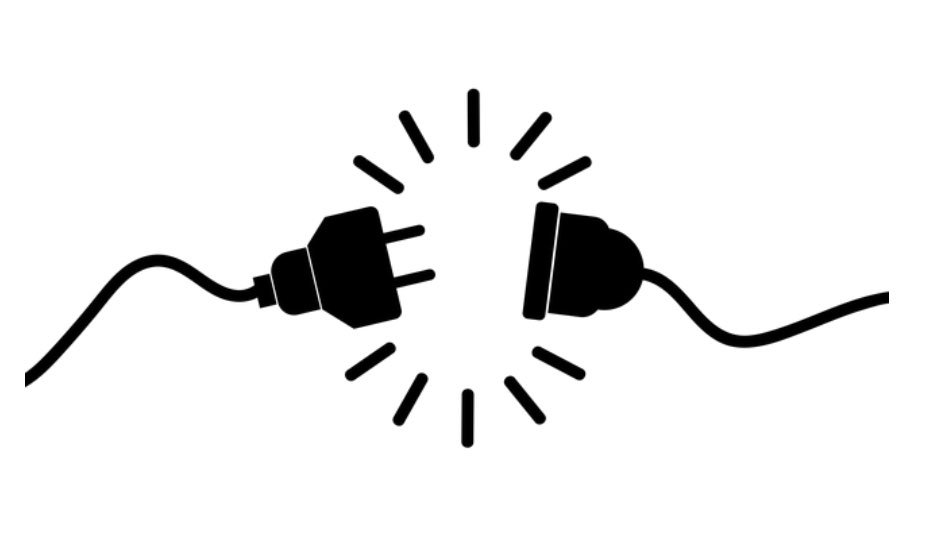Electricity loosely defined is the “flow of electric charge.” Power is something humans have not only become dependent on but take for granted.
It’s a resource to illuminate our world, keep our homes warm or cool, cook and keep our foods from spoiling, and give us warm water. It’s essentially our source of functionality, making it only reasonable that we at least understand it and how it works.
What Is Electricity

As mentioned, electricity is difficult to put a definitive meaning to but can be characterized as “the flow of electrical energy.” This flow is caused by electron movement.
Electrons are described as tiny particles that discharge electrical energy. But they don’t comprise electricity. What is electricity made of? Please see at bestestrøm to learn about electricity.
When trying to understand electricity, it’s important first to learn more about electrons and atoms, matter’s building blocks. An atom consists of three essential elements:
- Electrons: particles with a negative charge
- Neutrons: particles that have no charge
- Protons: particles with a positive charge
In the nucleus or center of the atom is the area where the neutrons and protons are situated but the electrons “orbit the nucleus.” Generally, with like charges, you’ll see these repel, and opposites will attract.
Nucleus positivity is what keeps the negative electron in orbit. Atoms are balanced in that the protons and electrons are equal in number. If an electron manages to get a distance from the nucleus, the strong outer force can help free it from the orbit allowing it to search for a new atom.
With the negative charge, it will have the power to repel another electron with a sort of “domino effect” that is referred to as an electric current. Electric energy results from the electrons moving from one atom to the next.
How Is Electricity Made
Something people might not be aware of is that electricity is converted using another energy resource using an electromagnetic generator of which there are many.
The most common of these is turbine-driven but there are also multiple turbines and fuel types used for electricity generation, but each functionis relatively the same. Kinetic energy is the moving force that causes the electromagnetic shaft inside the turbine’s cylinder to turn.
Because magnets have a charge and this is what prevents atoms from entering the atom, there is an electrical current created.
There’s no single way to make electricity. Generation falls into three primary energy categories:
- Natural gas, coal, and petroleum are classified as fossil fuels,
- Renewable energy
- Nuclear energy
For electricity to work it needs to flow completely from one place to the next in a closed circuit. When a switch goes on in the home, electricity flows because a circuit was closed from that point to the specific appliance. When finished, turn the switch off and reopen the circuit restricting the energy flow.
Where Does Electricity Come

Depending on the company serving your home, it will decide where the electricity will come from. It can vary for each household. Some energy suppliers or utility carriers will own the power plants responsible for energy generation, but others will buy from third-party vendors.
You must understand the difference between your utility carrier and an electricity supplier. The supplier or provider can assist in securing your electricity rate along with other provisions. The utility carrier is the owner of the power lines and runs this so electricityis generated in your home.
When there’s a low demand, electricity is typically generated and stored for peak periods. Providers use either “flywheels, batteries, or compressed air” for storage of excess electricity.
How Does Electricity Travel into the Household
Before using electricity, they need to travel a distance with a few stops along the way. When you understand the process, it will help you begin to process how energy costs are determined, and how the rate is calculated every month. Here are the basic steps the power follows to get to your household in a month.
- The power plant generates the electricity that ultimately makes its way to your household.
- The voltage is increased with the transformer.
- Transmission lines transport power.
- The voltage is reduced through a local transformer.
- The electricity is guided closer to the customer through distribution lines.
- The voltage is further diminished through a third transformer.
- The neighborhood power lines transport the power through to your electric meter and into the household, where it’s ready for use.
Facts About Electricity That Many People Aren’t Aware Of
Electricity plays a significant part in all our lives. Again, many people take the utility for granted with blackouts and brownouts causing extreme panic among the masses. No one knows how to function without modern convenience, not recognizing how well they did so in the distant past.
It’s fascinating to learn some of the history and facts that brought lifestyles to the point they are today, and what were some of the contributing factors. Here are some details you might find interesting.
- A British scientist, Michael Faraday, in the early part of the 1830s, brought the basic electricity generation principles into discovery. His thought processes which included the fact that a copper disc or wire loop between magnet poles will generate electricity are still used.
- In 1878 Sydney’s General Post Office was lit and recorded as Australia’s first recorded electricity usage.
- In 1879 (Newcastle upon Tyne) on Mosley Street, electric light bulbs were lit for the first time anywhere in the world on a street.
- The first power plant was built by Thomas Edison and in 1882 the New York Pearl Street Power Station powered 85 buildings.
- William Morrison was an American inventor who in 1891 built the first electric car, a success.
- When traveling at the speed of light, electricity can move at roughly 300,000 kilometers every second.
- A static electricity spark can potentially measure as great as 3000 volts.
- 50,000 volts is the average that a Taser can emit.
- While a bolt of lightning is virtually instant, the volt can measure as great as three million.
- The statistic for 2015 when it was tallied per the Global Energy Statistical Yearbook showed that global electricity production was roughly 1 trillion watts.
- The common household wares first powered by electricity included the kettle, sewing machine, toaster, and fan.
- Incandescent light bulbs are gradually being replaced by LED bulbs at an expense of only approximately ¼ as much to use, with the potential for an extended lifespan of 40 times that of the incandescent bulb and only roughly 1/6 the amount of electricity generated.
- The power to the digital clock on a standard microwave consumes more electricity than the appliance uses to heat food. Plus, appliances like these are generating electricity even when they’re not being used.
It’s suggested that while sitting, unused laptops will generate 20 watts, desktops 80 watts, and game stations as much as 200 watts.
- The appliances from the distant past were much less efficient than the modern modes we have today. The ones today are designed for greater energy efficiency with features meant to conserve.
As a comparison, a 1980s fridge, 40 years ago, used four times theelectricity, 1400 kWh, as a modern fridge, coming in at 350 kWh.
- The muscle cells in your heart will respond to electricity, which causes them to contract, basically making the heartbeat.
- An ECG- an electrocardiogram is a machine that measures how much electricity goes through the heart. The device will transmitlines with periodic spikes as the heart responds.
- The bill of a platypus is covered in electroreceptors or approximately 40,000 electric sensors that look like stripes on its face. The platypus and the echidnas use a prey’s electrical impulses to find food.
- Generating roughly five times more electricity than they use, the Swedish Ore trains power towns in close vicinity and providethe power for other trains on their return trips.
- Little geckos seem able to scale almost anything, including smooth surfaces. The talent is based on the electrostatic forces found on the toe pads. The charge differences from the surface area and the gecko’s feet allow it to cling to virtually any space.
Final Thought

Electricity is a fundamental part of our lifestyle. Most of us wouldn’t or couldn’t function if this modern convenience were suddenly removed from our daily lives.
Learning how to navigate in the way that many of our ancestors might have would take much getting used to, though it wouldn’t be impossible given time and a newly developed understanding of how to do so.
Fortunately, we won’t likely have that concern but our reliance on nonrenewable resources will probably graduate to more sustainable options.
Choices like solar, water, wind, and other energy sources that are virtually limitless and avoid greenhouse gas emissions along with other pollutants that are associated with many of the resources being used today will be strong contenders.
Some countries are already incorporating these with great success including Norway with hydropower.

